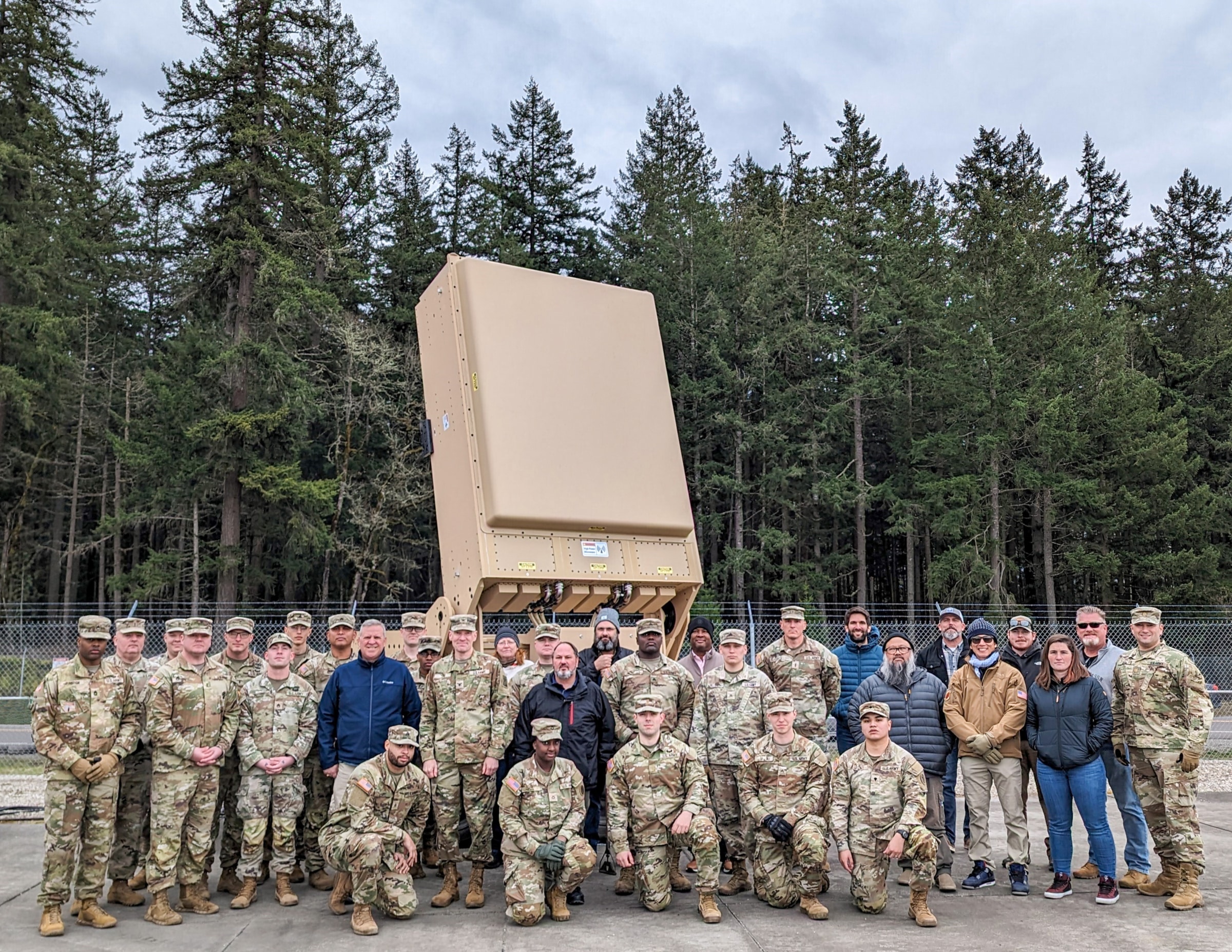By Hannah Huffman, Vice President, NightDragon
One evening in January, reports surfaced of unidentified drone swarms appearing over sensitive U.S. military sites. Moving in coordinated patterns, these drones operated with eerie precision, evading detection until they were already deep within restricted airspace. Similar incidents have been reported across the world—from the devastating drone-led strike on a U.S. outpost in Jordan to the relentless waves of unmanned aerial attacks in Ukraine. Meanwhile, China has demonstrated swarms of up to 10,000 drones moving in unison, signaling a future where coordinated autonomous swarms could overwhelm even the most advanced defenses. The autonomous drone swarms of Ghost Fleet are no longer just science fiction—they’re here, reshaping the battlefield and changing the nature of conflict in real time.
Yet, for all the attention drone warfare has received, countering these swarms remains an unsolved problem. Traditional air defense systems—designed to target high-value aircraft or missiles—struggle to handle a large number of cheap, expendable drones. Surface-to-air missiles are simply too expensive to be used against drones and drone swarms, creating a dangerous and unsustainable cost imbalance. Electronic warfare techniques like RF jamming can be ineffective against autonomous drones that no longer rely on external signals. Even advanced technologies like high-energy lasers face real-world limitations, struggling in poor weather conditions or against fast-moving, coordinated targets.
This mismatch between offensive drone swarms and defensive capabilities is growing, leaving military strategists looking for answers. From AI-driven autonomous interceptors to high-energy, high-power microwave (HPM) weapons capable of disabling multiple drones at once, new solutions are emerging—but none have fully solved the problem. As drone technology becomes more sophisticated, the need for smarter, more scalable defenses has never been greater.
For investors, this represents both an urgent challenge and a massive opportunity. Governments and defense firms are pouring resources into anti-drone technologies, looking for cost-effective and scalable ways to neutralize the growing threat of autonomous swarms. Companies pioneering advanced interception systems, AI-powered detection networks, and next-generation electronic warfare solutions stand to benefit as nations rush to close this gap. The future of defense is being rewritten in real time.

NightDragon is proud to play a part in that story and help protect our nation from adversaries both domestic and abroad as we participate in a $250 million Series D fundraising round in Epirus, a company on the forefront of innovation in counter-drone defense. We’re excited to invest alongside lead investors 8VC and Washington Harbour Partners LP, as well as fellow co-investors Vista, StepStone, T. Rowe Price, Gaingels, strategic defense partner General Dynamics Land Systems, Oppenheimer’s Private Market Opportunities, Manhattan Venture Partners, Centaurus Capital, Center15 Capital, and others.
Epirus’s platform, Leonidas, uses high-energy HPM technology to instantly disable drones, drone swarms and other electronic threats across domains. Unlike traditional missiles or bullets, which come with high cost-per-shot and single target limitations, Leonidas emits powerful energy waves to neutralize threats from a distance, effectively creating a one-to-many, modern-day force field when combined with AI and advanced electronics. This results in an “unlimited magazine,” driving the cost-per-shot down to near zero. Epirus has also overcome a key historical challenge of HPM systems—indiscriminate impact on friendly electronics. Through advanced beamforming and precision targeting, Leonidas can differentiate between friend and foe, allowing it to neutralize enemy drones while sparing friendly systems. This breakthrough makes defense operations safer, more effective, and better suited for protecting military forces, critical infrastructure, and civilians against evolving threats. This investment will help scale the company’s Leonidas platform to meet growing global demand, as well as acquire talent, improve supply chain resiliency, scale its manufacturing capabilities and expand into international and commercial markets.
Few defense technology stories have a stronger ‘Why Now?’ case than Epirus. The rise of drone warfare in places like Ukraine and the Middle East is rapidly reshaping modern warfare, as adversaries use inexpensive, scalable swarms to overwhelm traditional defenses, driving an urgent demand for next-generation solutions. As defense budgets increasingly prioritize counter-UAS and directed energy systems, Epirus is uniquely positioned to meet this demand with its Leonidas platform.
When we think about SecureTech at NightDragon, we look for solutions to new threats that we previously did not have an answer for. Epirus not only meets this challenge but stands at the forefront of defending against one of today’s most pressing national security threats.
NightDragon looks forward to supporting CEO Andy Lowery, Matt Markel, Mick Jaggers and the entire team at Epirus, including adding our operational expertise in federal sales and international expansion to support their mission. The future of warfare is here—and we must be prepared to defend against it.
Read the full press release on the Epirus website, or view the full NightDragon portfolio here.